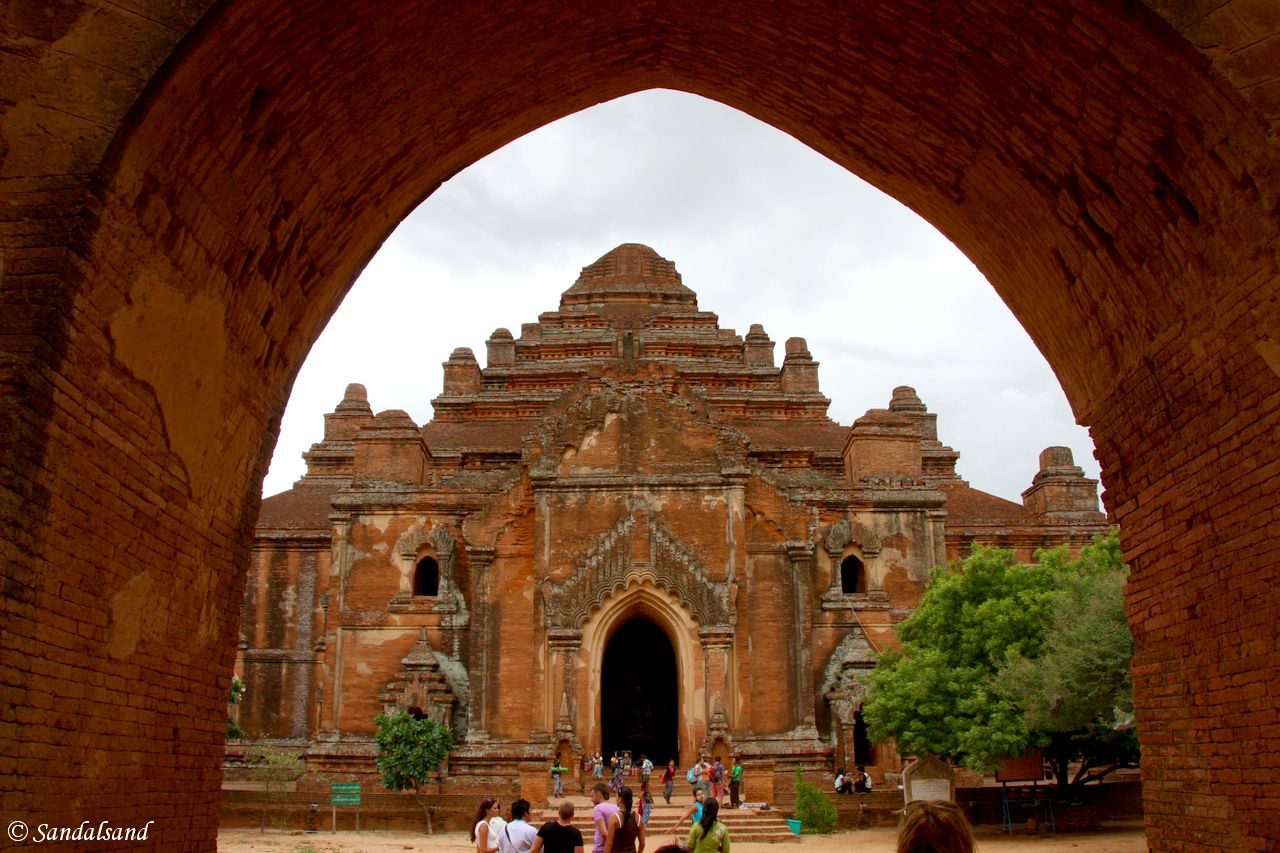Bagan has been renowned for ages. Marco Polo called it “A gilded city, alive with tinkling bells and the swishing sound of monks’ robes”. Today there are still thousands of temples and other monuments devoted to the religion of Buddhism.
The UNESCO World Heritage List includes more than a thousand properties with outstanding universal value. They are all part of the world’s cultural and natural heritage.
Official facts
- Country: Myanmar
- Date of Inscription: 2019
- Category: Cultural
UNESCO’s World Heritage Centre’s (short) description of site no. 1588:
Lying on a bend of the Ayeyarwady River in the central plain of Myanmar, Bagan is a sacred landscape, featuring an exceptional range of Buddhist art and architecture. The seven components of the serial property include numerous temples, stupas, monasteries and places of pilgrimage, as well as archaeological remains, frescoes and sculptures.
The property bears spectacular testimony to the peak of Bagan civilization (11th -13th centuries CE), when the site was the capital of a regional empire. This ensemble of monumental architecture reflects the strength of religious devotion of an early Buddhist empire.
My visit
Seven of the components of this serial property lies on the southeast side of the Ayerwaddy River, and one on the other side. This means that most temples a visitor to Bagan is likely to visit, are world heritage. I wrote this after my visit in 2013:
“There is a huge variety of buildings across the plain of Bagan. The large majority of sites, be it temples, stupas (Buddhist religious monuments) and kyaungs (monasteries) are in their most basic shape, red bricks. Some are covered by white painted plaster, and occasionally stucco reliefs have survived and even multi-coloured murals. The murals in particular are in danger of disappearing altogether, judging from what I read up on and observed.
Some of the most amazing gilded buildings in all of Myanmar, and indeed the entire Buddhist world, are here.”


